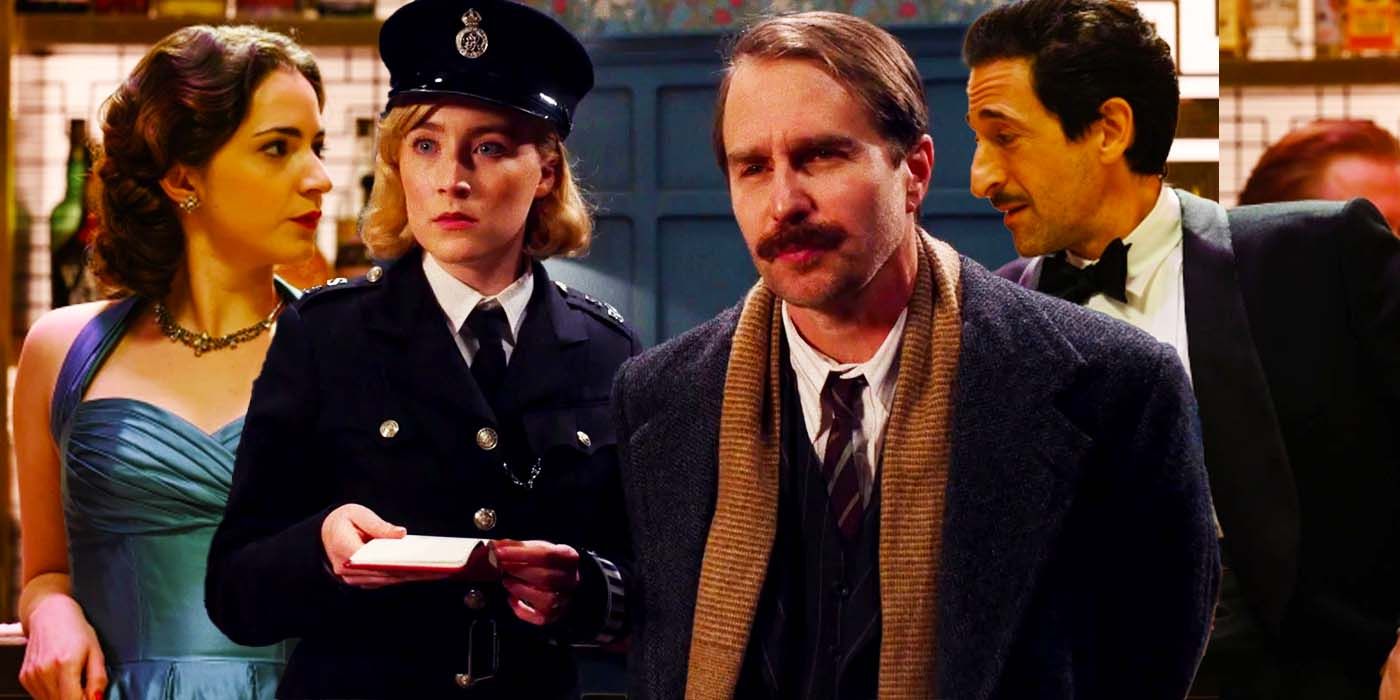Warning: Contains spoilers for See How They Run!While See How They Run is a lot of campy fun for murder mystery fans, the whodunit runs into a classic problem faced by many movies in the genre. While the whodunit is technically a genre classification, the term can refer to a broad range of movies provided their story centers around revealing the identity of a murderer. Thanks to Giallo movies, cozy mysteries, and slasher films, this means that the term “whodunit” cover a lot of tonal ground.
SCREENRANT VIDEO OF THE DAY
Anything from the original Friday the 13th to The Bob’s Burgers Movie is technically a whodunit so long as their plot focuses primarily on uncovering who the mysterious killer is. As such, it is no surprise that the Agatha Christie-inspired See How They Run bounces between light-hearted comedy and darker scenes from moment to moment. Unfortunately, this doesn’t mean that See How They Run's tonal juggling always succeeds.
Like a lot of comedic murder mysteries, See How They Run never really decides how serious its story is. Sam Rockwell’s bumbling detective is initially established as a goofy figure of fun, but later his backstory is revealed to be surprisingly sad. His personal problems are never resolved in a meaningful way, as would befit the otherwise playful tone of See How They Run. Meanwhile, Saoirse Ronan’s over-eager rookie officer is hilariously hapless but she, along with several of the suspects, occasionally seems transported in from a lighter, sillier movie — the type that doesn’t include a dark hallucinatory sequence where the hero imagines a conversation with the murder victim. While Agatha Christie’s plays and novels clearly inspired See How They Run, the movie can’t quite recapture the author’s accomplished balance of tragedy and comedy.
See How They Run’s Murder Mystery Complicates Its Tone

See How They Run’s first half and closing moments are a broad, cartoony farce, tonally similar to Clue or Knives Out. However, the glimpses into the bitter, alcoholic lead detective’s backstory and the killer’s motives are tragic and not played for laughs — only for the mystery to lurch back into full-blown comedy for the chaotic finale. In fairness to See How They Run, this is an issue that plagues a lot of whodunits since many mysteries can’t decide whether they are a send-up of the genre or a sincere attempt to stage a closed-circle mystery. The fact that Christie’s original plays and novels also feature comic relief characters and some sly humor doesn’t help matters.
While See How They Run avoids spoiling The Mousetrap, the movie’s ending does touch on the grim specter of institutional abuse in UK children’s homes during its deconstruction of the still-running, perennially popular play. This uncomfortable element feels jarring and out of place in a finale that features goofy gags like Agatha Christie herself attempting to decapitate a man with a snow shovel, and this is a testament to See How They Run’s awkward tonal issues. While it is not unusual for whodunits to be unsure of their own tone throughout, it is still unfortunate to see the otherwise strong See How They Run fall victim to this issue.
